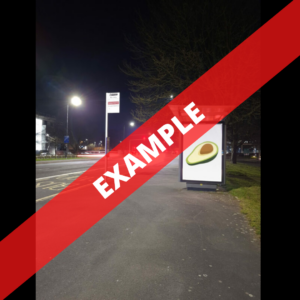Maximizing Impact Through Strategic Location Selection
The cornerstone of effective advertising placement lies in meticulous location selection and audience targeting. Premium advertising locations offer unparalleled visibility and engagement opportunities, but success depends on matching the right message with the optimal placement strategy. High-traffic areas such as shopping centers, transportation hubs, and busy intersections provide excellent exposure, while specialized venues allow for more targeted demographic reach.
Understanding foot traffic patterns, demographic composition, and seasonal variations enables advertisers to make informed placement decisions. Digital advertising platforms have enhanced traditional placement strategies by providing real-time analytics, dynamic content capabilities, and precise audience targeting. This evolution allows for more flexible and responsive advertising campaigns that can adapt to changing market conditions and consumer preferences.
Successful placement strategies also consider complementary advertising opportunities, cross-promotional possibilities, and integrated campaign approaches. By combining multiple placement channels and coordinating messaging across different touchpoints, businesses can create cohesive brand experiences that resonate with their target audience and drive meaningful engagement.




